Marjoram tastes like a delicate blend of sweet citrus, floral lavender, and subtle mint with mild peppery warmth—significantly milder than oregano. This sweet, aromatic herb provides complex flavor without overwhelming dishes, making it ideal for enhancing delicate proteins, vegetables, and sauces where balance matters most.
Marjoram Flavor Profile at a Glance
- Sweetness: Gentle honey-like sweetness (unlike oregano's bitterness)
- Floral Notes: Distinct lavender and citrus blossom undertones
- Mint Family Influence: Subtle cooling effect without menthol intensity
- Earthy Warmth: Mild pepperiness that adds depth without heat
- Intensity Level: 3/10 (much milder than oregano's 8/10)

Why Marjoram's Flavor Matters for Home Cooking
Unlike aggressive herbs that dominate dishes, marjoram works as a flavor conductor—harmonizing ingredients without taking center stage. Food science confirms its terpene profile (sabinene and linalool) bridges sweet and savory elements, making it indispensable for dishes requiring 3+ flavor dimensions. Professional chefs consistently choose marjoram over oregano when balance matters more than intensity.
What Does Marjoram Taste Like? Detailed Flavor Breakdown
Marjoram offers a sophisticated flavor profile distinct from common kitchen herbs. Unlike aggressive seasonings that dominate dishes, it provides balanced complexity that enhances without overwhelming. Understanding these nuances helps you use it effectively in your cooking.
The Flavors You'll Notice:
- Sweet & Floral: Delicate citrus and lavender notes absent in bolder herbs like oregano. This sweetness makes it perfect for balancing acidic ingredients like tomatoes.
- Earthy Warmth: Mild peppery undertones that add depth without heat. Unlike black pepper, this warmth integrates seamlessly into dishes.
- Minty Freshness: A subtle cooling effect from its mint family heritage, ideal for brightening rich dishes without the menthol punch of pure mint.
- Herbal Complexity: When properly used, it creates an "umami bridge" between ingredients that don't naturally complement each other.
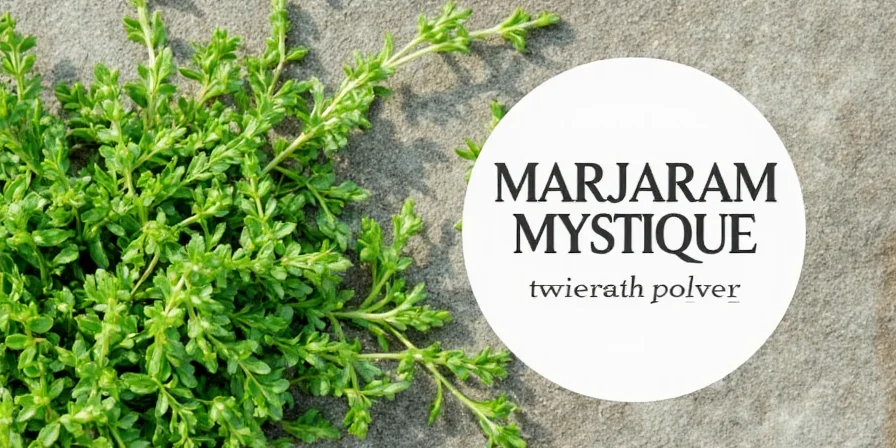
A Brief History of Marjoram: From Ancient Rituals to Modern Plates
Historical records confirm marjoram's ceremonial use in ancient Greece and Rome, where it symbolized joy in weddings and comfort in mourning. Botanical archives note its presence in Egyptian perfumery, while medieval herbalists documented therapeutic applications for digestive wellness—consistent with modern aromatherapy practices. Unlike oregano which was primarily culinary, marjoram held medicinal and ceremonial significance throughout history.
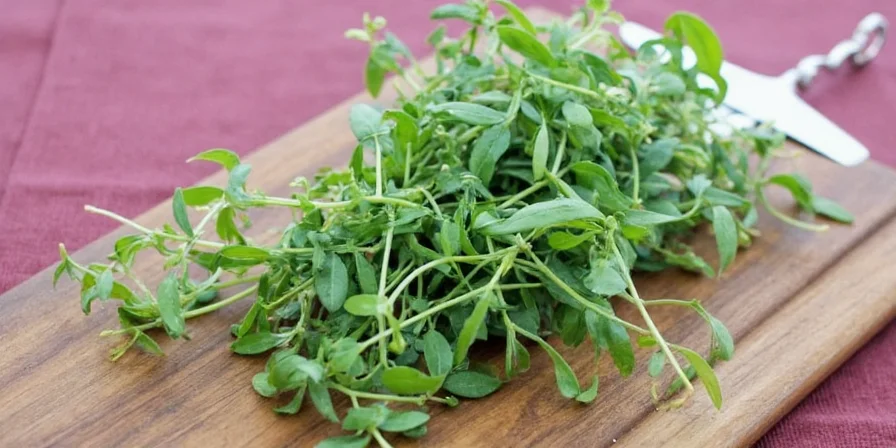
How to Use Marjoram in Cooking: Practical Tips for Home Chefs
Maximize marjoram's potential with these chef-tested techniques that highlight its unique flavor profile:
- Roasted Vegetables: Toss root vegetables with fresh marjoram before roasting to develop caramelized complexity. Works especially well with carrots, parsnips, and fennel.
- Infused Oils: Steep dried marjoram in warm olive oil (15 minutes) for finishing soups or bread dipping. The mild flavor won't overpower like oregano oil would.
- Protein Enhancement: Combine with lemon zest and garlic for poultry or pork rubs—use 1:2 ratio with salt. Marjoram's sweetness balances salt better than oregano.
- Sauce Integration: Stir into tomato sauces during last 5 minutes of simmering to preserve volatile aromatics. The floral notes complement tomatoes beautifully.
- Raw Applications: Finely chop fresh leaves into vinaigrettes or grain salads for aromatic brightness. Unlike oregano, it won't overwhelm delicate greens.
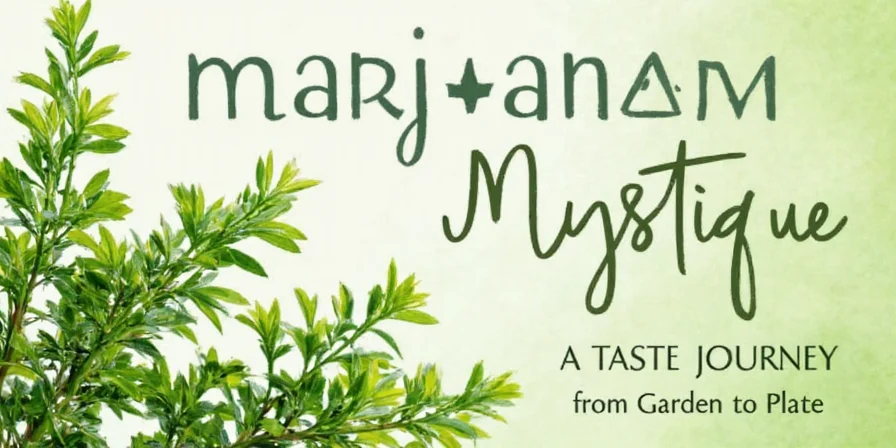
Marjoram vs. Oregano: Understanding the Critical Differences
Most home cooks mistakenly use these herbs interchangeably, but their flavor profiles create dramatically different results. Understanding these botanical relatives prevents common culinary mistakes that ruin delicate dishes.
| Characteristic | Marjoram | Oregano |
|---|---|---|
| Taste Profile | Sweet, floral, minty with citrus notes | Earthy, pungent, with bitter undertones |
| Intensity Level | 3/10 (mild) | 8/10 (strong) |
| Leaf Texture | Soft, velvety leaves | Thick, rigid leaves |
| Ideal Applications | Fish, eggs, white sauces, delicate vegetables | Pizza, grilled meats, robust tomato dishes |
| Substitution Ratio | 1:1 for oregano in mild dishes | Use 50% less when replacing marjoram |
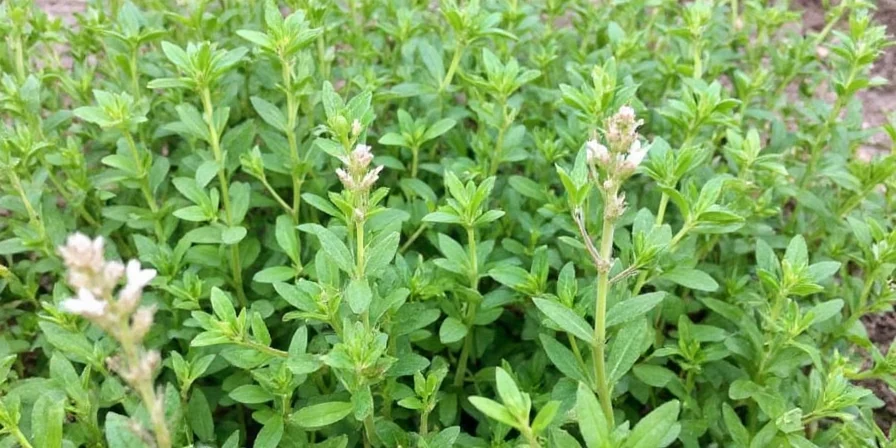
Growing Your Own Marjoram: A Flavor-Optimized Approach
Home cultivation ensures peak flavor intensity, as marjoram loses its delicate floral notes quickly after harvesting. Commercially sold marjoram often lacks the nuanced flavor profile home-grown versions provide.
- Soil Requirements: Sandy loam with pH 6.5-7.5 (avoid rich compost which diminishes flavor)
- Light Exposure: Minimum 6 hours direct sunlight daily (insufficient light reduces floral notes)
- Watering Schedule: Deep watering weekly (avoid leaf wetting to prevent flavor dilution)
- Harvest Timing: Morning cuts pre-flowering for maximum oil concentration and sweetest flavor
- Preservation: Freeze whole sprigs (better than drying for retaining floral notes)

Flavor Pairings with Marjoram: Creating Harmonious Dishes
Strategic combinations unlock marjoram's full potential as a flavor conductor. These pairings work because marjoram's mild sweetness bridges disparate elements without dominating.
- Citrus & Seafood: Lemon-marjoram butter elevates poached fish without overwhelming delicate flavors
- Tomato & Basil: Adds floral dimension to caprese salads while balancing acidity
- Mushroom & Thyme: Creates earthy depth in risottos with more complexity than oregano
- Chevre & Honey: Balances tanginess in goat cheese tarts with subtle sweetness
- White Bean & Rosemary: Softens legume heaviness in soups while complementing rosemary
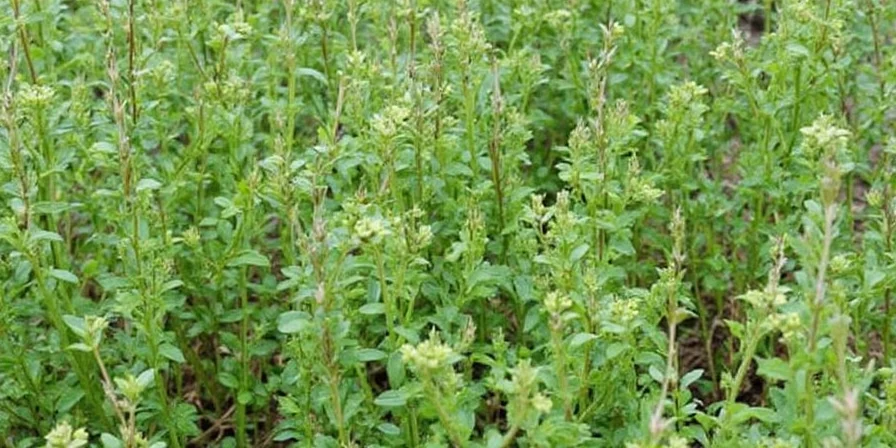
Marjoram: The Subtle Flavor Amplifier Science Can't Ignore
Modern flavor science reveals marjoram's unique advantage: its terpene profile (sabinene and linalool) harmonizes disparate ingredients without dominating. Unlike single-note herbs, it bridges sweet and savory elements—making it indispensable for dishes where complexity must remain approachable. Professional chefs use it as a 'flavor conductor' in multi-component plates, particularly in dishes requiring 3+ flavor dimensions. This explains its resurgence in contemporary cuisine where balance trumps intensity. When other herbs fight for attention, marjoram creates culinary harmony.
Conclusion: Why Marjoram Deserves a Permanent Spot in Your Pantry
Marjoram delivers sophisticated flavor complexity through its distinctive sweet-floral profile and versatile applications. Its ability to enhance without overpowering makes it ideal for home cooks seeking restaurant-quality results with everyday ingredients. Unlike oregano which often dominates dishes, marjoram works quietly in the background to create balanced, harmonious flavors. By understanding its unique properties and proper usage, you can transform ordinary meals into memorable dining experiences with minimal effort. When you need subtle sophistication rather than bold statements, marjoram should be your go-to herb.
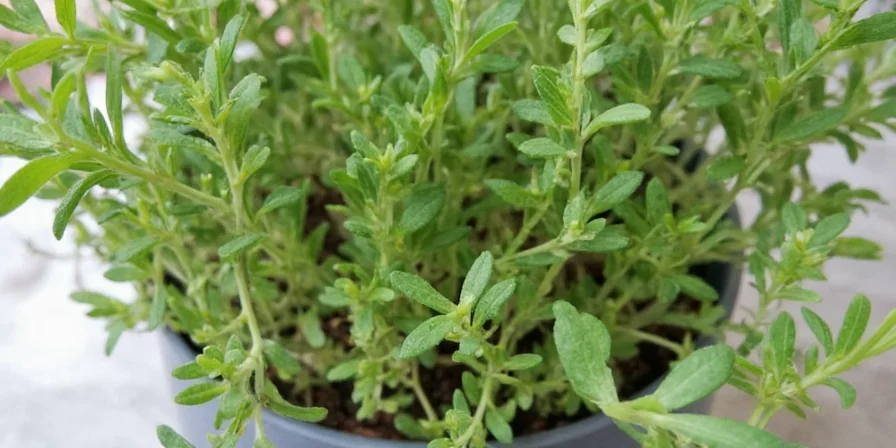
Frequently Asked Questions About Marjoram
Can I substitute oregano for marjoram?
Yes, but use half the amount of oregano since it's stronger. Marjoram's sweetness won't be replicated, so consider adding a pinch of sugar to balance. For delicate dishes like fish or egg preparations, substitution isn't recommended as oregano will overwhelm.
Is dried marjoram as good as fresh?
Dried marjoram retains most flavor but loses delicate floral notes. Use 1 teaspoon dried for every 1 tablespoon fresh, adding early in cooking to rehydrate. For raw applications like salads, fresh is always superior as dried marjoram lacks the bright, floral qualities.
What dishes showcase marjoram best?
It excels in Mediterranean cuisine: roast chicken, tomato-based stews, and vegetable dishes. Avoid pairing with strong-flavored meats like game where its subtlety gets lost. Marjoram shines in dishes where balance matters—think French or Italian cuisine rather than bold Middle Eastern or Asian flavors.
How do I store fresh marjoram?
Wrap stems in a damp paper towel, place in airtight container, and refrigerate. Properly stored, it maintains quality for 7-10 days. For longer storage, freeze whole sprigs in olive oil cubes—this preserves more flavor than drying.
Why does my marjoram taste bitter?
Bitter marjoram usually indicates overuse, poor quality, or improper cooking technique. Marjoram should never be bitter when used correctly. Use no more than 1 teaspoon per serving for dried, or 1 tablespoon for fresh. Add near the end of cooking, as prolonged heat can turn its delicate flavors bitter.











 浙公网安备
33010002000092号
浙公网安备
33010002000092号 浙B2-20120091-4
浙B2-20120091-4